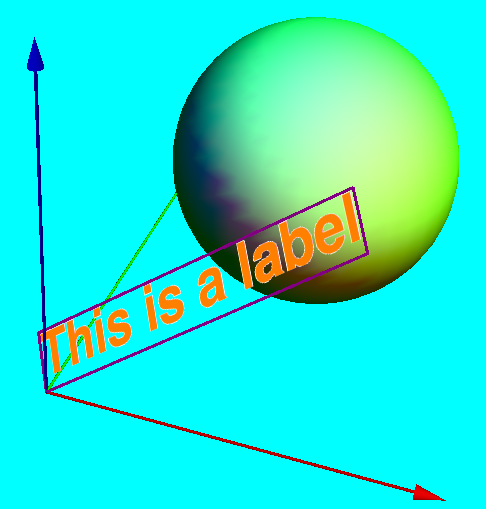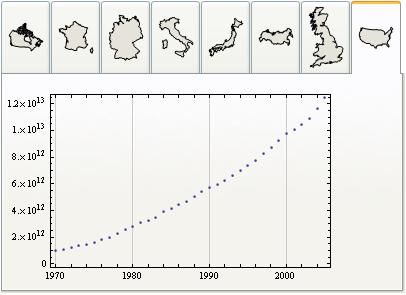

Only remove the selected tab if it can be closed. Private void CloseSelectedTabKeyboardAccelerator_Invoked(KeyboardAccelerator sender, KeyboardAcceleratorInvokedEventArgs args) The Content of a TabViewItem is often a frame which hosts a page. NewTab.IconSource = new muxc.SymbolIconSource() Private void TabView_AddTabButtonClick(muxc.TabView sender, object args) This example creates a simple TabView along with event handlers to support opening and closing tabs. Note that although the content is displayed inside of the TabView control, the content is actually a part of the TabViewItem. The next image shows the parts of the TabViewItem control. The TabStrip has a header and footer, but unlike a document, TabStrip's header and footer are on the far left and far right of the strip, respectively. The image below shows the parts of the TabView control. If a TabView is not appropriate for your app, consider using a NavigationView control.

Users will be able to dynamically open, close, or rearrange tabs.TabView offers document tabs for UWP apps.
#MATHEMATICA TABVIEW LABEL WINDOWS#
Users can create, remove, and rearrange tabs move tabs between windows and change the content of tabs. They contain a set number of pages in a fixed order that usually contain predefined content.ĭocument tabs are the sort of tabs found in a browser, such as Microsoft Edge. Static tabs are the sort of tabs often found in settings windows. In general, tabbed UIs come in one of two distinct styles which differ in function and appearance: We have added this using statement at the top of the file: using muxc = Microsoft.UI.Xaml.Controls Is this the right control? In the code-behind, we also use the muxc alias in C# to represent the Windows UI Library APIs that we have included in our project. We have added this to our Page element: xmlns:muxc="using:Microsoft.UI.Xaml.Controls" Throughout this document, we use the muxc alias in XAML to represent the Windows UI Library APIs that we have included in our project.


 0 kommentar(er)
0 kommentar(er)
